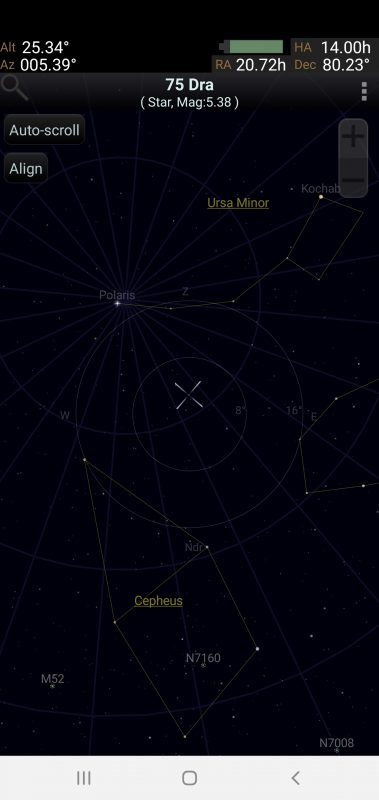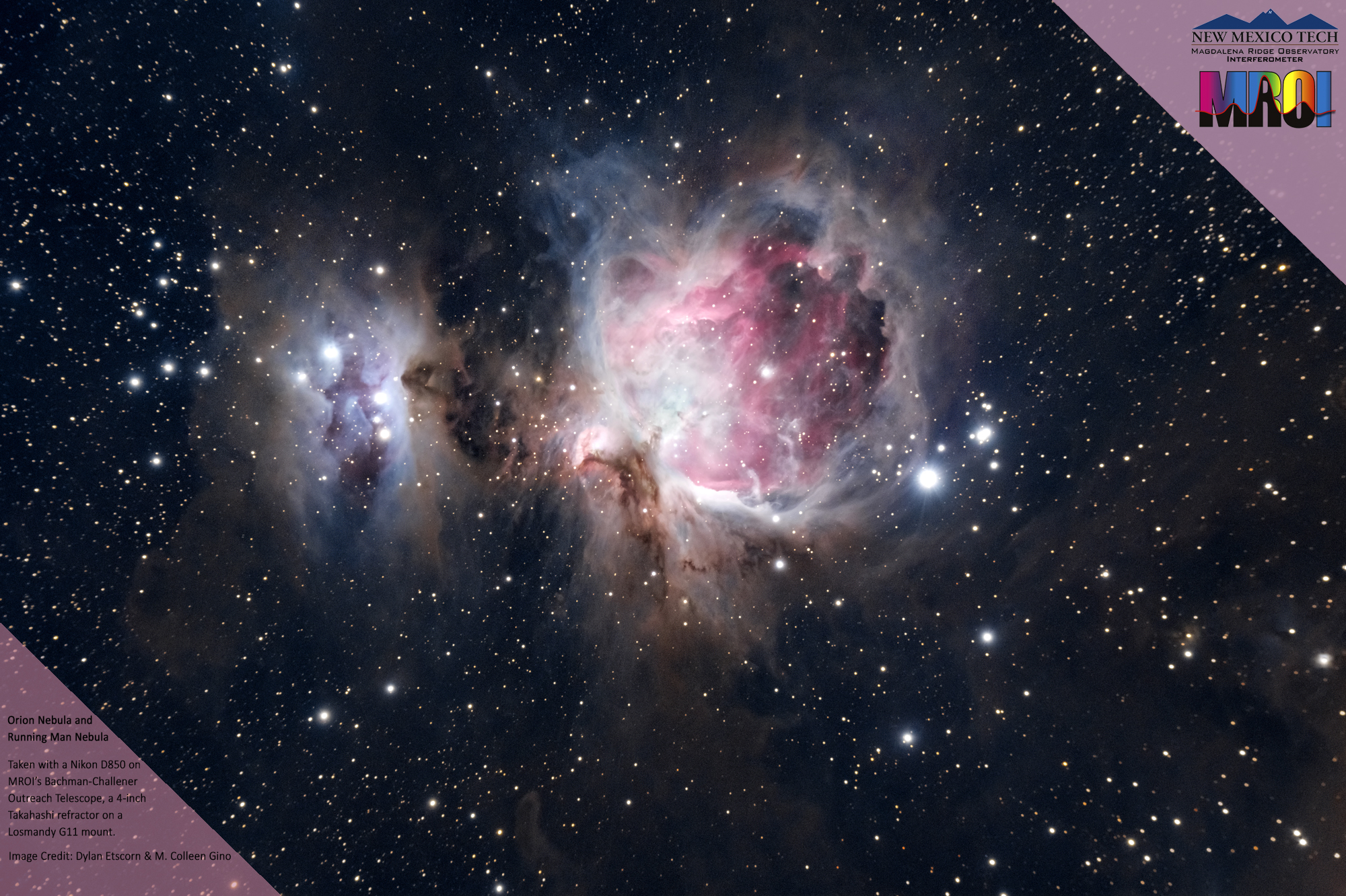Have you ever found yourself looking at a night sky full of so many stars that you’re unsure of which constellation is which? This may not be a problem for those of you in highly populated areas with light polluted skies who are lucky to see a handful of the brightest stars at night, but for those of us in rural dark-sky locations, the struggle is real. Especially when you’re trying to identify some of the constellations with dimmer stars and less recognizable patterns, such as Camelopardalis, Microscopium, or Serpens Caput, to name just a few. I tell you what: my ability to pick out those tricky constellations on my own is kaput, so it’s a good thing there’s an app for that!
There’s actually a heap of sky map apps to choose from for both Android and iOS that help you identify what’s in the sky and much more, so you can take your pick. One of the most basic apps I use is Sky Map, free for Android devices. You simply point your smartphone or other handheld device at the sky and Sky Map shows you what what’s up in that exact location in the sky, day or night.

Sky Eye is similar to Sky Map, in that you point it toward the sky and it shows you what’s at that point in the sky in real time, but it has other useful features as well. In addition to the real-time mode that uses your device’s GPS to determine your accurate location and shows you what up currently, you can set it for a particular date, time and location. Not only does it display constellation lines and labels, major star names, and Messier objects, but it includes the altitude – azimuth, equatorial coordinates, and hour angle of the objects in your field of view. It even has a night vision mode to preserve your dark adaptation. This useful app is free and available for both iOS and Android devices.

So the next time you see so many (or so few!) stars that you’re not quite sure what you’re looking at, consider using one of these handy handheld planetarium apps to find your way in the sky.
M. Colleen Gino, MRO Assistant Director of Outreach and Communications
